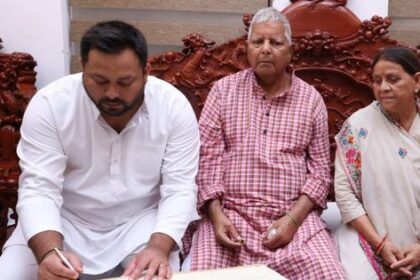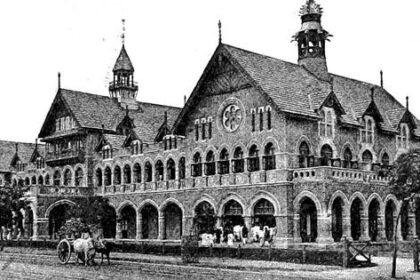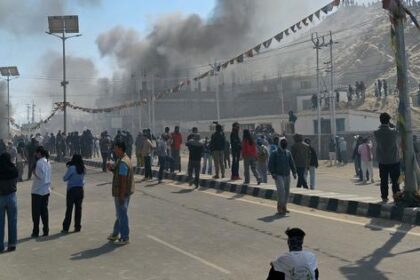Local farmers face economic losses as dhole packs prey on their semi-domesticated cattle.
Early this year, Taum Tamut, a 40-year-old farmer from the Adi tribe in Jomlo Mobuk, Arunachal Pradesh, discovered a disturbing scene while searching for his mithuns (Bos frontalis). One of his prized animals lay dead, showing clear signs of a dhole (Cuon alpinus) attack. With a herd of around 50 mithuns, Taum relies on these animals for his livelihood, supplemented by selling vegetables and broomsticks. He expressed his distress, stating, “The dholes don’t spare the mithun calves. Our calves have been eaten by the dholes. There are so many of them here.”
Similar accounts emerged from across the region. Nabum Tania, a 54-year-old farmer from the Nyishi tribe in Doimukh, recounted his loss of seven mithuns to dhole attacks since the start of the year. He lamented, “For a poor farmer like me, it is a huge loss. Mithun is our lifeline. I sent my children to school by rearing and selling mithuns.” These narratives reflect a growing trend in Arunachal Pradesh, where farmers are increasingly losing their mithuns to dholes.
Reports indicate a rise in dhole attacks in districts such as Papum Pare, Siang, Upper Subansiri, West Siang, East Kameng, Lower Dibang Valley, and Changlang. The shift in dhole behavior is attributed to a significant decrease in their traditional prey, such as deer and wild boar, which have been hunted extensively by humans. As their natural food sources dwindle, dholes are turning to the semi-domesticated mithuns for sustenance.
Vijay Dupit, the Range Forest Officer of Banderdewa Forest Division, noted that more than 50 mithuns have been killed in Doimukh and the surrounding areas, which is the largest division in Arunachal Pradesh. According to Dr. TR Nabam Hina, a Senior Veterinary Officer from Doimukh, estimates suggest that total mithun deaths may reach around 70 in the Papumpare district, taking into account sporadic cases of attacks.
Both dholes and mithuns are listed on the IUCN Red List, with dholes classified as endangered and mithuns as vulnerable. The hunting of dholes is illegal; however, farmers sometimes resort to retaliatory killings when faced with significant losses. While many farmers deny engaging in such actions, evidence suggests that some have taken matters into their own hands after experiencing losses. The slow compensation process, which offers about Rs 40,000 to Rs 50,000 for a killed mithun—much lower than its market value of Rs 80,000 to Rs 1,00,000—has left many feeling frustrated and helpless.
Abhishruti Sarma, a doctoral student at Ashoka University, highlighted the economic importance of mithuns for upland communities, noting their role as a form of savings for better healthcare and education. As the conflict between dholes and farmers continues, Taba Heli, joint director of the Composite Livestock Farm in Nirjuli, emphasized the need for alternative livelihoods to address the underlying issues. Deforestation and hunting have led to a decline in wild prey, pushing dholes to target mithuns, particularly calves. The situation underscores a complex interplay of tradition, habitat loss, and economic dependency on these animals.








